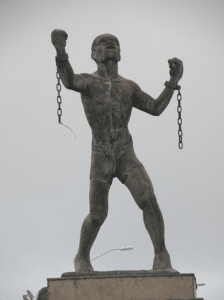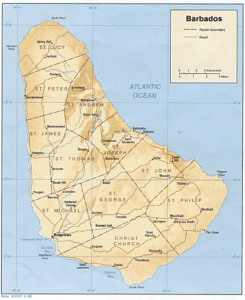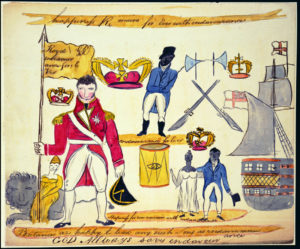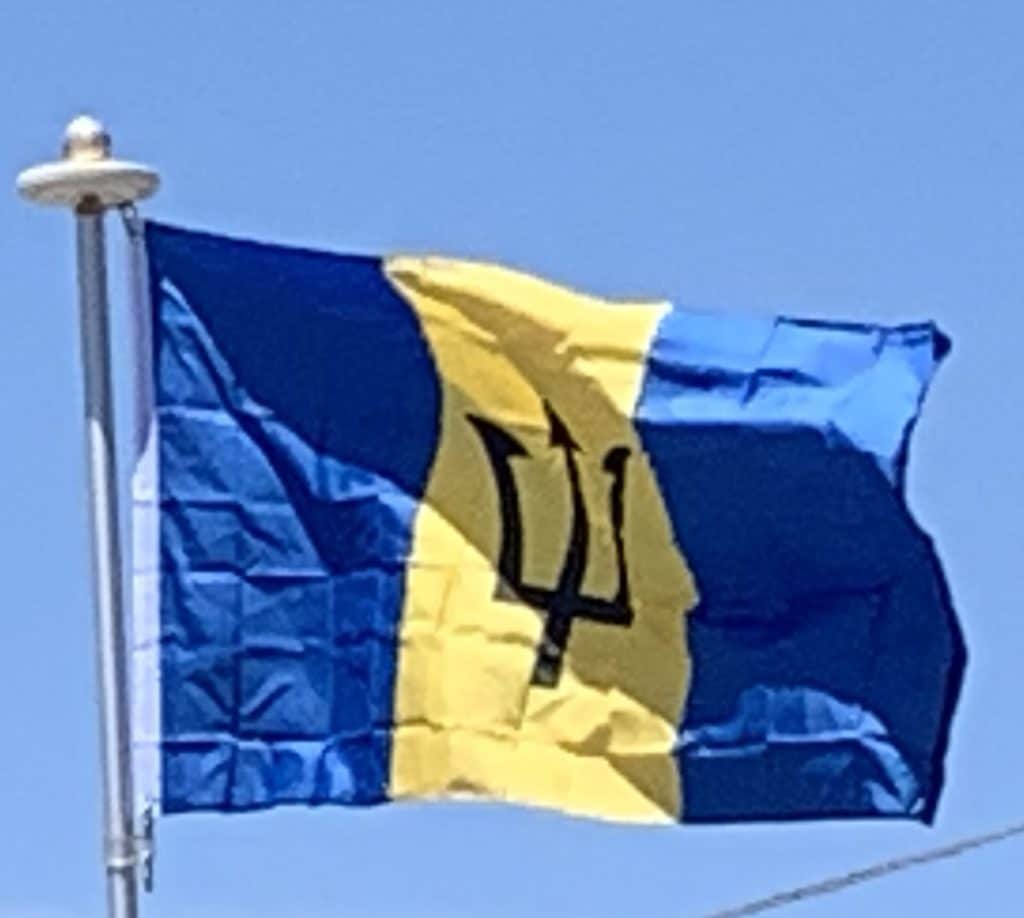
Slavery was finally abolished in the British Empire 18 years later, in 1834. In Barbados and the rest of the British West Indian colonies, full emancipation from slavery was preceded by an apprenticeship period that lasted four years.
Towards Decolonisation:
In 1952, the Barbados Advocate newspaper polled several prominent Barbadian politicians, lawyers, businessmen, the Speaker of the Barbados House of Assembly and later as first President of the Senate, Sir Theodore Branker, Q.C. and found them to be in favor of immediate federation of Barbados along with the rest of the British Caribbean with complete Dominion Status within five years from the date of inauguration of the West Indies Federation with Canada.

However, plantation owners and merchants of British descent still dominated local politics, owing to the high income qualification required for voting. More than 70 percent of the population, many of them disenfranchised women, were excluded from the democratic process. It was not until the 1930s that the descendants of emancipated slaves began a movement for political rights. One of the leaders of this, Sir Grantley Adams, founded the Barbados Progressive League in 1938, which later became known as the Barbados Labour Party.
Adams and his party demanded more rights for the poor and for the people, and staunchly supported the monarchy. Progress toward a more democratic government in Barbados was made in 1942, when the exclusive income qualification was lowered and women were given the right to vote. By 1949, governmental control was wrested from the planters, and in 1958 Adams became Premier of Barbados.
From 1958 to 1962, Barbados was one of the ten members of the West Indies Federation, an organisation doomed to failure by a number of factors, including what were often petty nationalistic prejudices and limited legislative power. Indeed, Adams’s position as “Prime Minister” was a misnomer, as all of the Federation members were still colonies of Britain. Adams, once a political visionary and now a man whose policies seemed to some blind to the needs of his country, not only held fast to his notion of defending the monarchy but also made additional attempts to form other Federation-like entities after that union’s demise. When the Federation was terminated, Barbados reverted to its former status as a self-governing colony, but efforts were made by Adams to form another federation composed of Barbados and the Leeward and Windward Islands.

With the Federation dissolved, Barbados reverted to its former status, that of a self-governing colony. The island negotiated its own independence at a constitutional conference with Britain in June 1966. After years of peaceful and democratic progress, Barbados finally became an independent state on 30 November 1966, with Errol Barrow its first Prime Minister, although Queen Elizabeth II remained the monarch. Upon independence Barbados maintained historical linkages with Britain by becoming a member of the Commonwealth of Nations. A year later, Barbados’ international linkages were expanded by obtaining membership of both the United Nations and the Organization of American States.
Geography:
Barbados is a continental island in the North Atlantic Ocean. To the west most of Barbados’ maritime boundaries consist of median lines with neighbors. These neighbors include: Martinique, and Saint Lucia to the northwest, Saint Vincent and the Grenadines to the west, Trinidad and Tobago and Venezuela to the southwest, and Guyana to the southeast.
